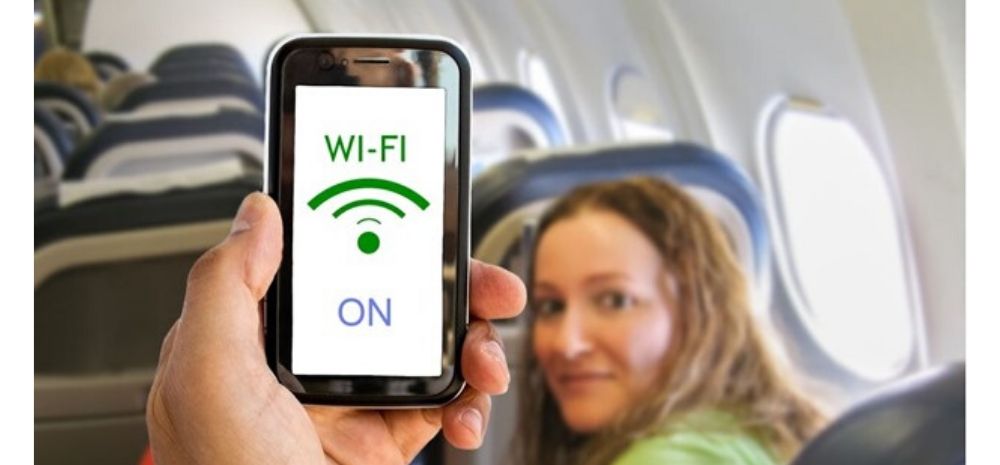Vistara, Spicejet Can Start In-Flight Wi-Fi Soon; Govt Outlines Rules, Regulations, Exceptions

In March, the Union Government had approved the airlines to provide in-flight Wi-Fi services. However, the COVID-19 resultant suspension of commercial air travel pushed this agenda at the back.
Now with air travel both international and domestic gradually returning to normal, airlines, such as Vistara will finally be able to offer Wi-Fi on their flights.
Read on to find out more…
DGCA Issues Draft Rules For In-Flight Wi-Fi Services!
The Directorate General of Civil Aviation (DGCA) has proposed new draft rules for the in-flight connectivity in the Indian airspace. DGCA chief Arun Kumar issued the rules this week which are open for public consultation for some weeks.
After the consultation, the rules will be put into concrete and are likely to be issued later this year.
Vistara and SpiceJet have been involved currently in operating non-scheduled international flights under the ‘Vande Bharat Mission’ (VBM) and India’s air bubble agreement as well as engaged in domestic air travel.
Vistara with its A321 and Boeing 787 and SpiceJet’s Boeing 737 MAX are compatible to provide in-flight Wi-Fi services.
Last year, Vistara partnered with NELCO to provide in-flight Wi-Fi services, delivered by Panasonic.
DGCA’s Outline Of The Draft Rules!
The draft rules will apply to all persons on board all Indian civil registered aircraft and to all Indian operators engaged in scheduled, non-scheduled, and private operations.
So what do the draft rules say in general?
- The internet service will be available at a minimum height of 3,000 meters above the departure airfield. (recommended by Telecom Regulatory Authority of India (TRAI) in 2018)
- The portable electronic devices (PEDs) like cellphones, tablets, laptops, and other PEDs should only be used in ‘airplane mode’.
- The pilot in command may, ‘for any reason’ and ‘during any phase of flight’, decide to deactivate the connectivity.
- The aircraft operator has to ensure that the internet service provider is approved by the Department of Telecommunications (DoT).
- All airline operators will have to address passengers on-board about the restrictions and hazards of using PEDs, ‘prior to commencement of the flight highlighting safety aspect including handling and storage of PEDs by the passengers’.
The draft rules allow pilots to control the status of the in-flight connectivity and directs the cabin crew to look over the passengers if they are violating any of its requirements. Any violation of these requirements during the flight will be brought to the notice of the commander and recorded in the flight report book for further action.
It will be interesting to see when and how the in-flight connectivity services will start.
Also, how much the airfares will rise or how much will the airlines charge for this facility will also be a point of interest!

Comments are closed, but trackbacks and pingbacks are open.